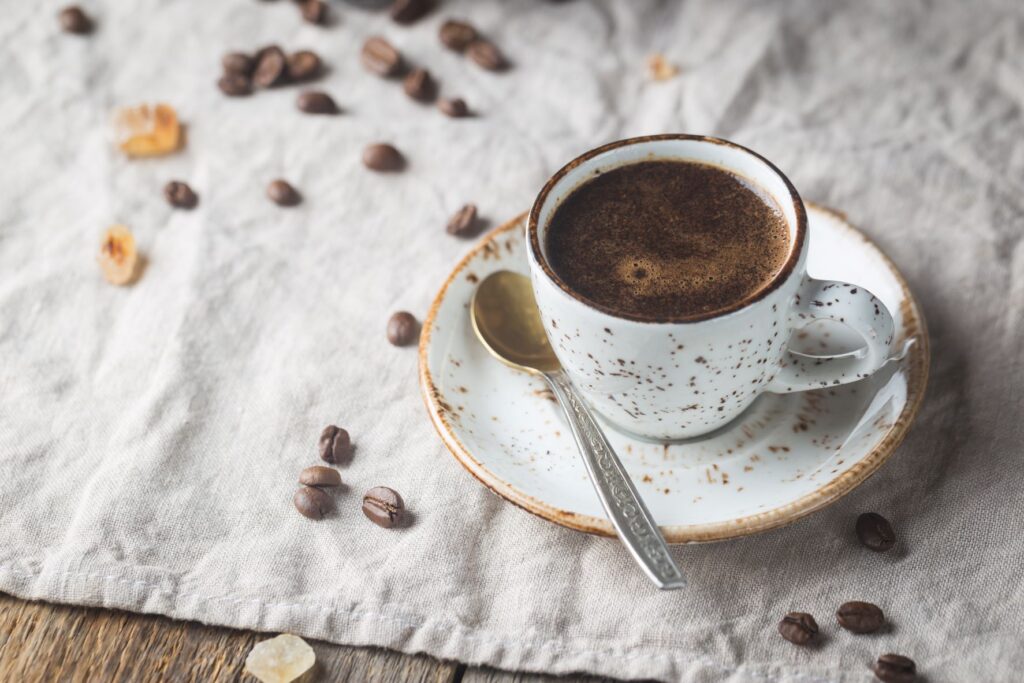The Golden Rules of Making Coffee
The “Golden Rule” is a helpful guideline for making espresso. This is a guideline for espresso preparation that is very helpful for new baristas. They might hear the term, and try to meet the requirements. It’s not always a successful approach, but it’s a start.
Ratios
The key to making great coffee is knowing the right brew ratios. They determine the strength of your brew and the amount of flavor expression. These ratios will help you make great coffee every time. Continue reading to find out more. We’ll continue to discuss coffee ratios in future articles.
The golden ratio refers to the perfect balance of coffee and water. It is generally one part coffee to eighteen parts water. You can also use a ratio between 1:16 or 1:8, where one coffee to one water equals 18g. These ratios can be used to make your coffee.
Precautions
When making coffee at home, it’s important to take precautions to ensure the quality of the finished product. First, ensure that the water has reached boiling point. If you don’t, you run the risk of cross contamination and the coffee may not be hot enough to kill bacteria. You can also store your coffee in sealed containers to keep it fresh. The best storage containers are ceramic, which block sunlight. Discard grounds that are damp or have mould.
Coffee is 98 percent water. The quality of the water plays an important role in the final taste. Use filtered tap water or bottled when making coffee. Avoid using distilled water. It lacks the minerals that make the beverage delicious. You should also consider the amount of bicarbonate in the water. The coffee will taste bitter if you use too much bicarbonate.
Ground coffee
There are many ways to make a great cup of coffee. However, there are some basic guidelines you should follow. For instance, it is best to use cold water, not hot. Use filtered water or bottled water. Use tap water that has not been distilled or softened.

The coffee you make should be fresh. Ground coffee is more susceptible to deterioration than whole beans. Ground coffee is typically packaged in airtight packaging when bought at the grocery shop. As soon as that seal is broken, the coffee starts to go bad. There are many ways to recycle coffee grounds.
You should also consider the ratio of water and coffee. The ideal ratio of water to coffee is 1:17. However, you can experiment with other ratios to find the one that works best for you. A ratio of 1:15 results in a more concentrated beer with more acidity.
Water
There are many methods of brewing coffee, but one of the most important is brewing with the correct ratio of water to coffee. Many brewers recommend that you use one part coffee to two portions water. However, this can vary depending on your personal preference. Some people like their coffee strong and others prefer a milder flavor. Generally, the ratio of water to coffee should be somewhere between 195 and 202 degrees. It is also important to measure the water you use before brewing your coffee.
The flavor of coffee depends on how much water is used. If you make a cup of coffee with too much water, you’ll end up with a diluted coffee. It may have a strong taste and a bitter aftertaste. Experts in coffee have developed a golden standard for the proportion of water to coffee. It is one gram of coffee per 17 g of water. Although it can be tempting to add more beans to your cup, it may only give you a weaker cup. Darker roasts will produce a more rich and fuller cup of coffee.
Preservation of freshness
The freshness of coffee is affected by many factors, including temperature, time, and moisture. The shelf-life of roasted coffee can be reduced by more than 20 percent if the first three factors are not taken into consideration. An airtight container will keep moisture and oxygen out of the beans, which will reduce the flavor and aroma. The most effective airtight container is one that is opaque or resealable.
Another important factor in coffee freshness is storage. Coffee should be kept in a dark, opaque container, such as a ceramic or stainless steel container. These containers will protect coffee’s freshness from heat, light, moisture, and light. If the beans are stored in direct sunlight or heat, they will lose their aroma and be unusable.